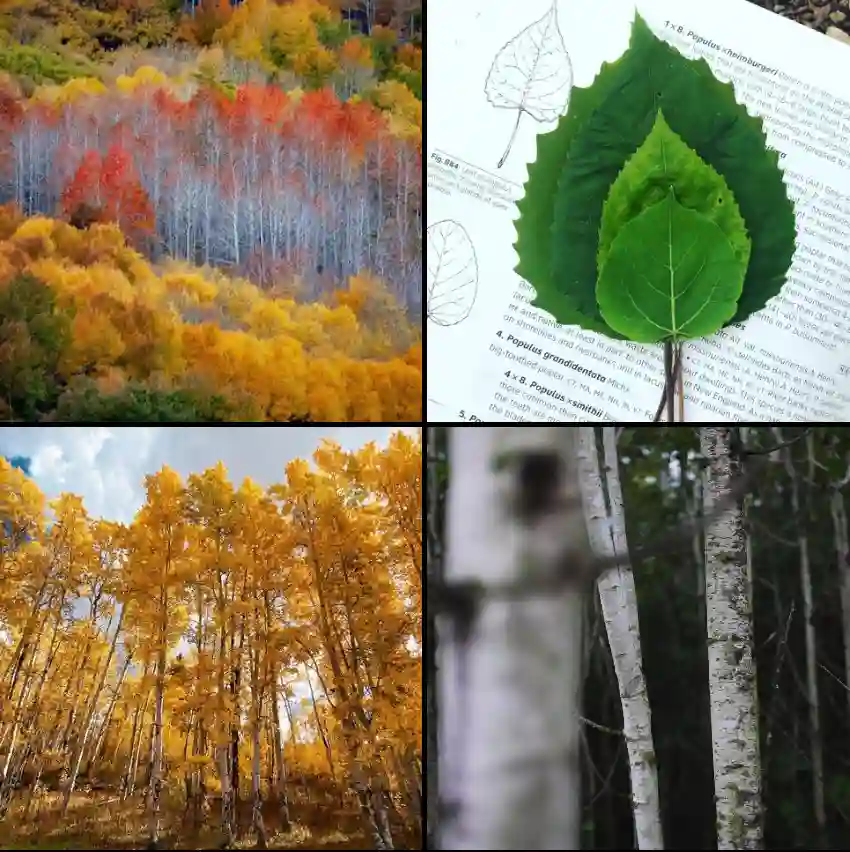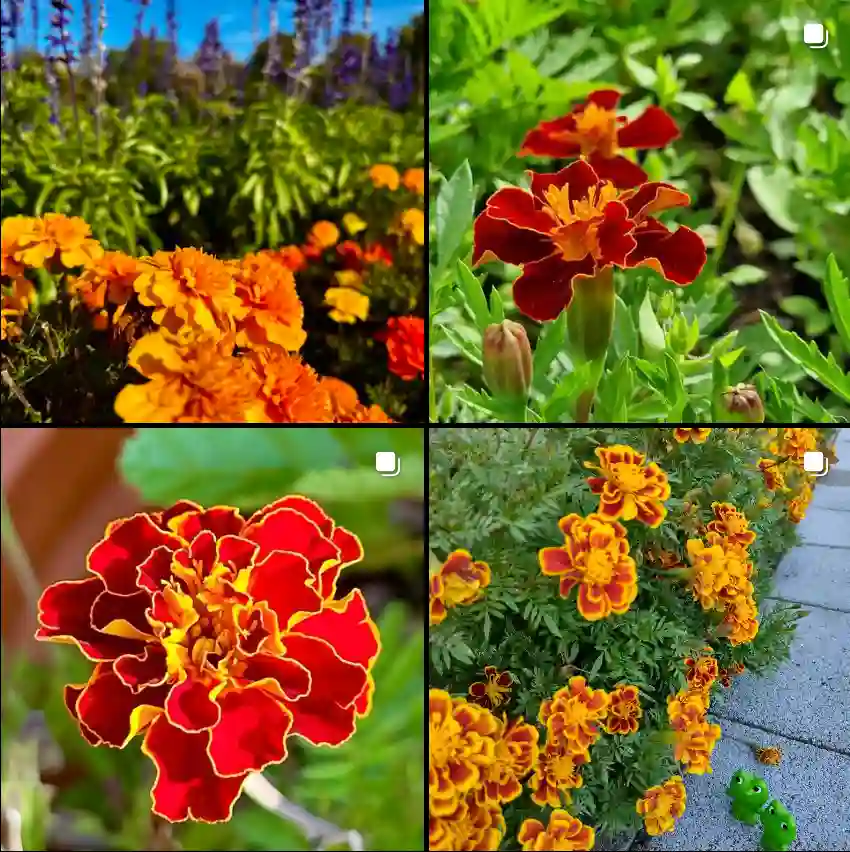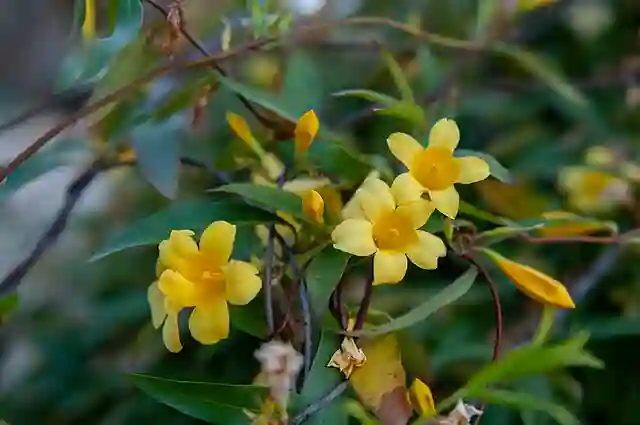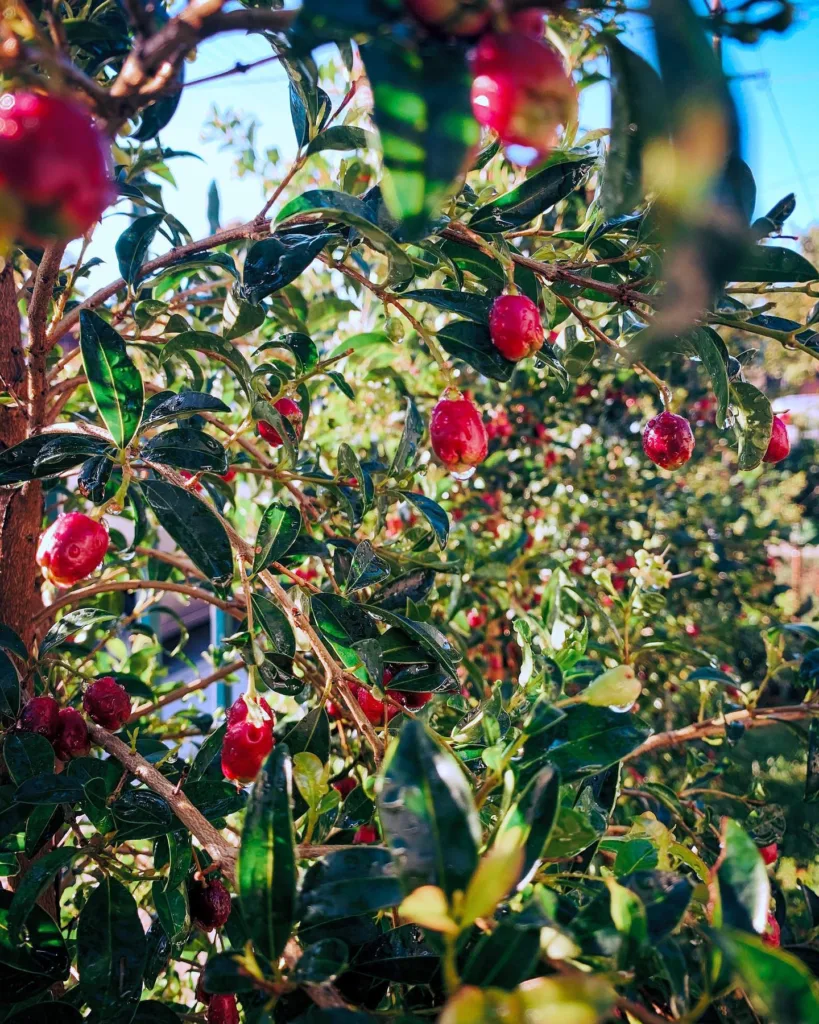The Wonderful World of Pistacia: A Personal Exploration
Hi, I’m Ferb Vu, and today I want to share my fascination with a particular group of plants – the genus Pistacia. These aren’t your average garden-variety flowers; they’re a diverse and fascinating group of trees and shrubs with a rich history and a variety of uses. From the pistachios we snack on to the resin used in varnishes, Pistacia plants have been intertwined with human civilization for centuries. Join me as we delve into their world.
What is Pistacia?
Pistacia is a genus belonging to the cashew family, Anacardiaceae. These plants are typically shrubs or small trees, known for their fragrant resin and distinctive leaves. They thrive in warm, dry climates, which explains why they’re commonly found in regions like the Mediterranean, Asia, and parts of Africa and North America.
One of the most interesting things about Pistacia is its dioecious nature. This means individual plants are either male or female, and both are needed for the production of fruit. This characteristic plays a crucial role in the cultivation of pistachios, as we’ll see later.
A Diverse Family: Pistacia Species
The Pistacia genus boasts a diverse range of species, each with its own unique characteristics and uses. Here are:
- Pistacia vera: This is the star of the show, the species that gives us the beloved pistachio nut. Native to Central Asia and the Middle East, Pistacia vera is cultivated worldwide for its delicious and nutritious seeds. Plant FAQs: Pistachio – Pistacia Vera
- Pistacia lentiscus: Commonly known as mastic or lentisk, this evergreen shrub is valued for its aromatic resin, mastic. Mastic has been used for centuries in everything from chewing gum to varnishes and even traditional medicine.
- Pistacia atlantica: This species, also known as the Mt. Atlas mastic tree or Persian turpentine tree, is a large tree native to North Africa, the Canary Islands, and parts of Asia. Its resin has similar uses to mastic, and its galls (abnormal growths caused by insects) are used in tanning and dyeing.
- Pistacia terebinthus: The turpentine tree, as it’s commonly known, is another source of resin, used historically in varnishes and turpentine. It’s also used in traditional medicine and as a rootstock for Pistacia vera.
- Pistacia chinensis: Native to China, this species is known for its beautiful foliage, which turns vibrant shades of red and orange in the fall. It’s a popular ornamental tree in parks and gardens. Plant FAQs: Pistacia Chinensis Keith Davey
- Pistacia aethiopica
- Pistacia eurycarpa
- Pistacia falcata
- Pistacia khinjuk
- Pistacia mexicana
- Pistacia × saportae
- Pistacia weinmanniifolia
The Pistachio: A Culinary Delight
Of all the Pistacia species, Pistacia vera holds a special place in our hearts (and stomachs!). The pistachio nut, with its distinctive flavor and creamy texture, is a popular snack and ingredient in various cuisines around the world.
Cultivating pistachios is a fascinating process. Remember how I mentioned that Pistacia plants are dioecious? This means that pistachio orchards need to have both male and female trees to ensure pollination and fruit production. The female trees produce the nuts, while the male trees provide the pollen.
The journey from flower to nut is a delicate one. The flowers of the pistachio tree are small and inconspicuous, lacking petals. Once pollinated, the fruit develops into a drupe, which contains the seed we know as the pistachio. The pistachio shell splits open naturally when the nut is ripe, a characteristic that has become a symbol of quality and freshness.
Beyond the Nut: Other Uses of Pistacia
While pistachios are undoubtedly the most well-known product of the Pistacia genus, these plants offer much more than just a tasty snack. Throughout history, various Pistacia species have been utilized for a wide range of purposes.
- Resin: As mentioned earlier, several Pistacia species produce valuable resins. Mastic, for instance, has been used for centuries as a chewing gum, a flavoring agent in food and beverages, and an ingredient in varnishes and perfumes. Turpentine, derived from the resin of Pistacia terebinthus, has been used as a solvent and in traditional medicine.
- Medicinal Uses: Traditional medicine systems in various cultures have utilized different parts of Pistacia plants for their potential health benefits. Mastic, for example, has been used to treat digestive issues, while the leaves and bark of some species have been used for their anti-inflammatory and antimicrobial properties.
- Ornamental Plants: Some Pistacia species, like Pistacia chinensis, are prized for their ornamental value. Their attractive foliage and growth habits make them popular choices for landscaping and gardens.
- Environmental Benefits: Pistacia species can play a role in environmental conservation. Their drought tolerance makes them suitable for afforestation and land reclamation projects in arid and semi-arid regions. They can also help prevent soil erosion and provide habitat for wildlife.
Looking Ahead: The Future of Pistacia
The Pistacia genus, with its diverse species and numerous uses, continues to hold significant economic and cultural importance. As we face challenges like climate change and food security, these plants may offer valuable solutions. Their drought tolerance and adaptability make them suitable for cultivation in regions facing water scarcity. Furthermore, research into the potential health benefits of Pistacia compounds may lead to new applications in medicine and nutrition.
As I continue to explore the world of Pistacia, I’m excited to see what the future holds for these remarkable plants. From the delicious pistachios we enjoy to the potential for new discoveries in medicine and environmental conservation, Pistacia offers a glimpse into the fascinating interplay between humans and the natural world.
If i die, water my plants!



